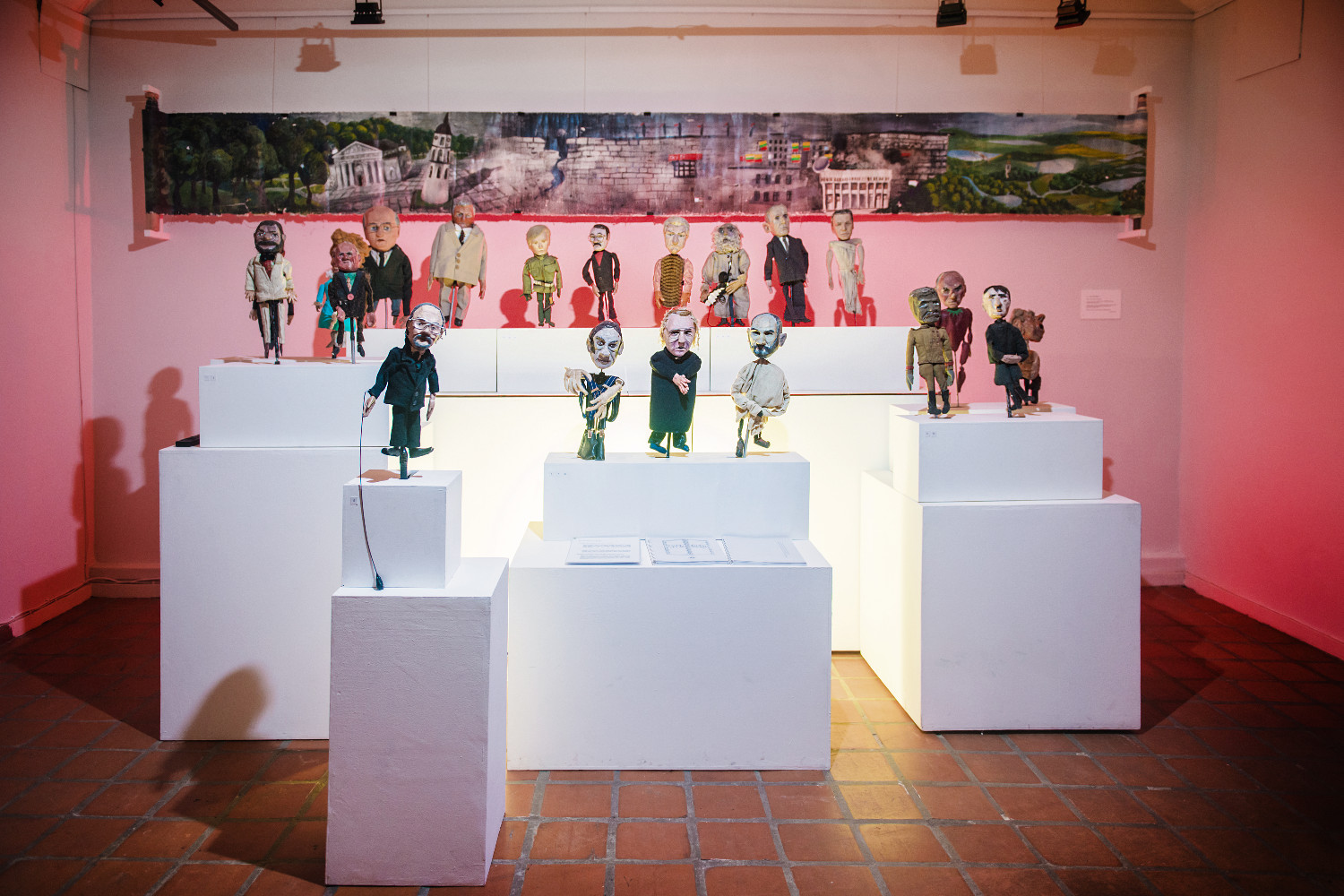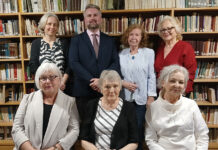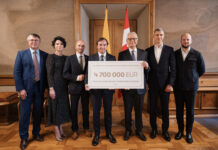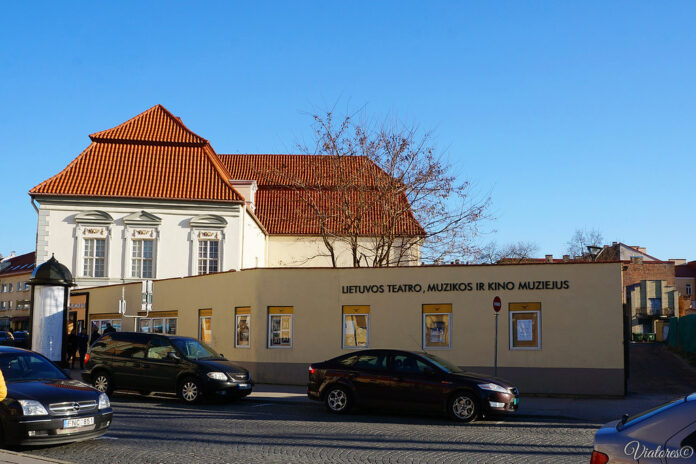
After 16 years of reconstruction, the new premises of the Lithuanian Theatre, Music and Cinema Museum opened in Vilnius in mid-March. The museum’s treasures are exhibited in repositories that will be open for guided tours. One repository showcases the entire history of cameras – from the very first ones dating back to the end of the 19th century to the latest ones. The museum also stores the first film projectors.
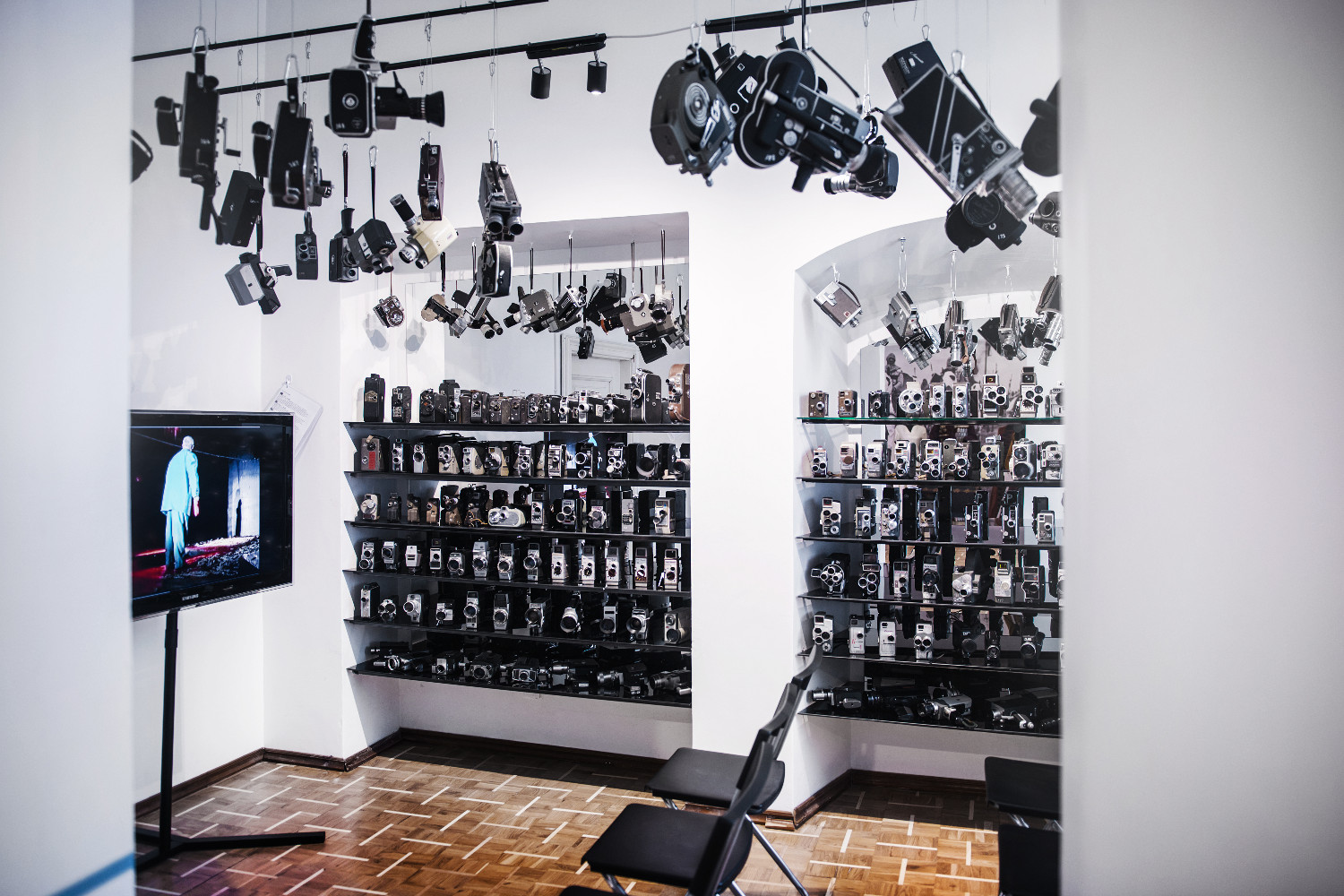 The repository of musical instruments is also expected to be popular among visitors. The instruments, including pianos, organs, and others, have been stored for decades in poor conditions and now they finally have a home, says Nideta Jarockienė, director of the new Museum.
The repository of musical instruments is also expected to be popular among visitors. The instruments, including pianos, organs, and others, have been stored for decades in poor conditions and now they finally have a home, says Nideta Jarockienė, director of the new Museum.
There are seven repositories in all, as well as exhibition halls, a reading room, a multifunctional event space, a conference room, offices and a café. There are almost half a million artifacts in the museum – “witnesses” to the history of Lithuanian theatre, music and cinema. It is one of the most modern open and interactive archival institutions in the country, according to the director.
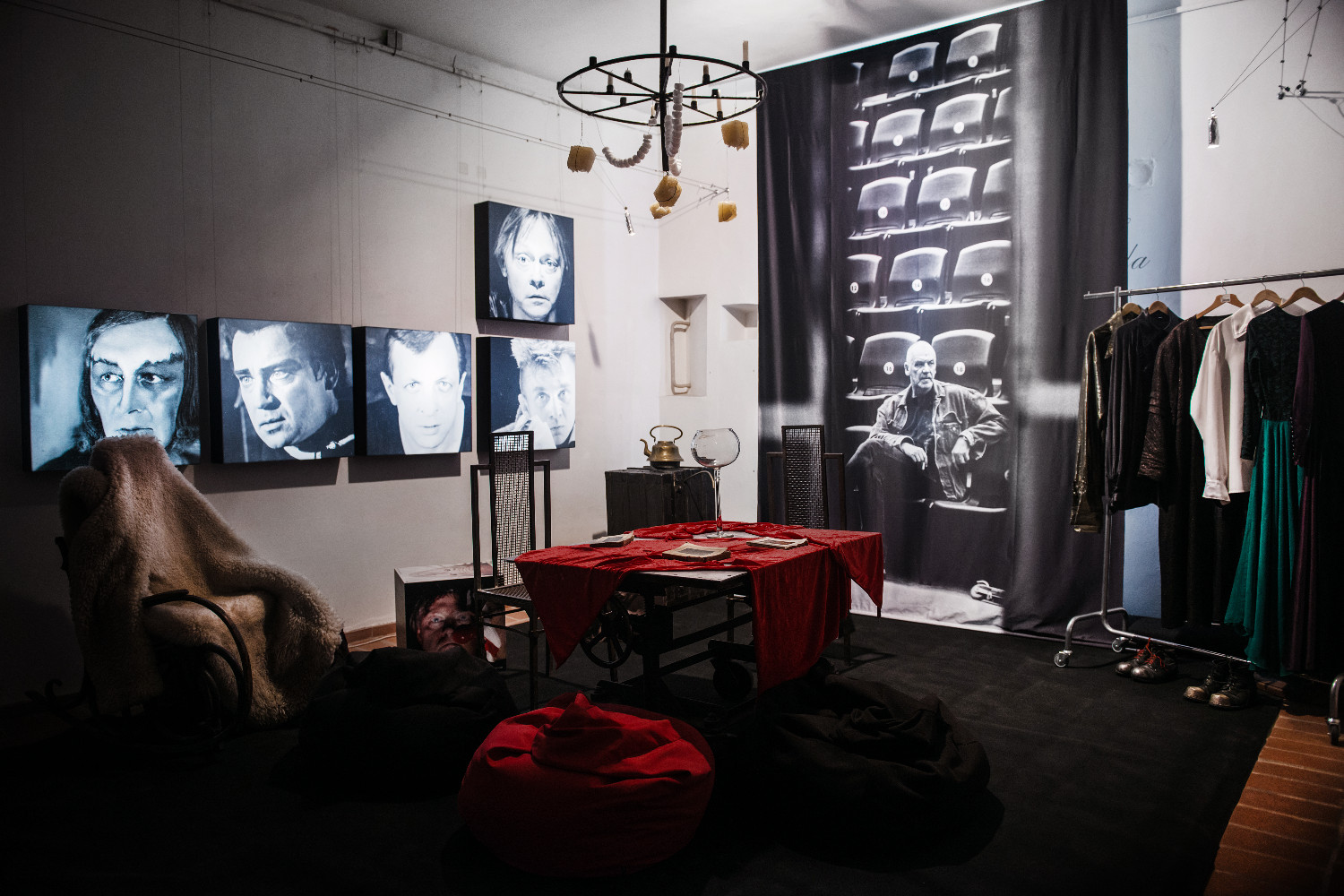 In 1926, Lithuanian poet, playwright, critic, and literary theorist Professor B. Sruoga began organizing a Museum of Theatre, with the assistance of Lithuanian actress and theatre director Unė Babickaitė, who lived abroad, and became the museum’s ambassador in Europe and the US. The new museum is one of the most “theatrical” in Vilnius. Its oldest section once housed three theatres, and was once a part of the Radvila Palace – at a time when “every little duke owned a theatre troupe”. Relics of the old palace are still visible in the museum.
In 1926, Lithuanian poet, playwright, critic, and literary theorist Professor B. Sruoga began organizing a Museum of Theatre, with the assistance of Lithuanian actress and theatre director Unė Babickaitė, who lived abroad, and became the museum’s ambassador in Europe and the US. The new museum is one of the most “theatrical” in Vilnius. Its oldest section once housed three theatres, and was once a part of the Radvila Palace – at a time when “every little duke owned a theatre troupe”. Relics of the old palace are still visible in the museum.
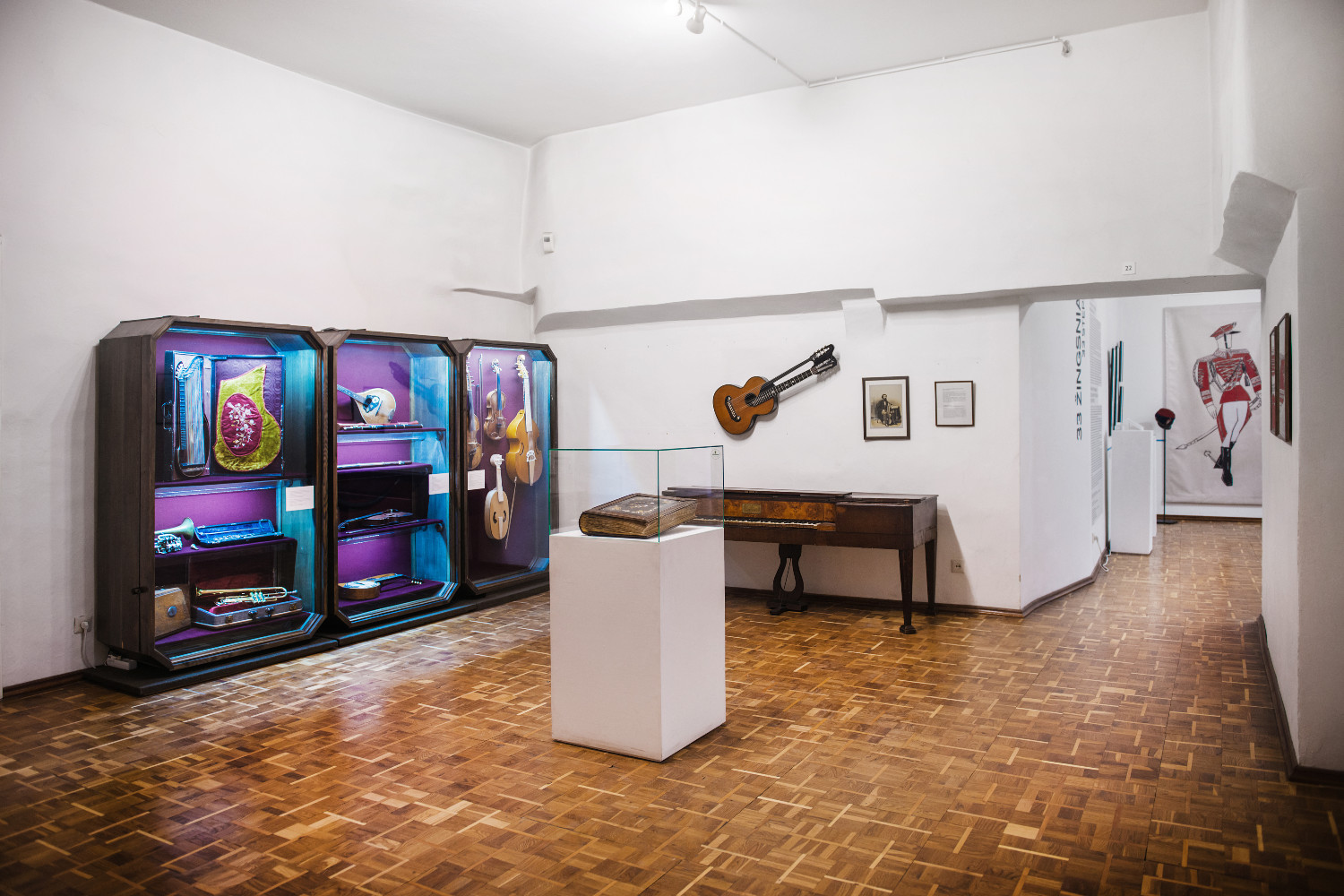 One of the most famous exhibits is the piano owned by Mikalojus Konstantinas Čiurlionis, who played it in Warsaw while he was director of a Lithuanian choir. The museum also boasts one of the largest collections of old Lithuanian records, including the seven very first ones recorded in Riga, Latvia, in 1907. The cinema collection includes international awards earned by Lithuanian directors, as well as cinematographic technology and cameras.
One of the most famous exhibits is the piano owned by Mikalojus Konstantinas Čiurlionis, who played it in Warsaw while he was director of a Lithuanian choir. The museum also boasts one of the largest collections of old Lithuanian records, including the seven very first ones recorded in Riga, Latvia, in 1907. The cinema collection includes international awards earned by Lithuanian directors, as well as cinematographic technology and cameras.
The museum’s mission is to collect, preserve, research, restore and promote the work of theatre, music and cinema creators in Lithuania and in the diaspora, to organize exhibitions, educational programs and participate in international projects and exchanges.
